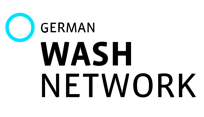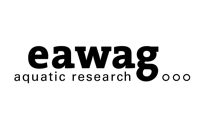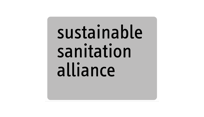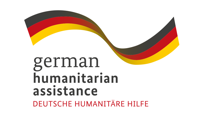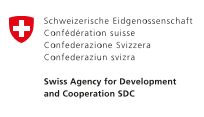The filter bar at the top of the ‘SWM technologies’ section allows reducing complexity and pre-selecting only those technologies that are suitable for a specific scenario or context. Based on concrete site settings the number of potentially suitable technologies can be considerably reduced to a more digestible size and makes technology selection easier. By clicking on the respective boxes under each of the filters only those technologies will be shown that correspond to the respective boxes. The currently active filters are always shown directly under the filter bar. The active filters can be cleared/deactivated by clicking on the ‘reset filter’ button or by deactivating individual boxes of currently active filters. The categorisation of technologies used in each of the filters should not be seen as fixed and incontrovertible and may vary under certain local site conditions. The categorisation is rather meant to support rapid informed decision making and is a complement to, not a substitute for, sound professional judgement. The available filter options include the following:
Response Phase
Indication on appropriateness of SWM technologies according to the five different phases:
- Acute Response: immediately following an emergency
- Stabilisation: transition phase starting after the first weeks of an emergency lasting several months or longer
- Recovery: longer-term approach usually starting after immediate relief interventions aiming to recreate or improve on pre-emergency situation
- Protracted Crisis: long-lasting, complex emergency situation that persists over an extended period often involving multiple factors such as recurrent disasters, conflict or displacement
- Development: Long-term approach with focus on universal access and the sustainability of services
The allocation of technologies to different emergency phases is mainly based on applicability, speed of implementation and material requirements. It allows giving a first general orientation but may differ in a specific local situation.
Application Level
Indication on the different spatial levels and scale for which the technology is most appropriate. It is subdivided into the following levels:
- Individual/Household: applicable for one up to several individual households
- Community/Municipality: applicable for serving several households, an entire settlement, camp or district
- Institution: applicable for serving an entire institution, school, business or market
- Urban: applicable in densely populated areas
- Rural: applicable in less populated areas
It allows giving a first general orientation but may differ in a specific local situation.
Management Level
Indication where the main responsibility for operation and maintenance (O&M) for a specific technology lies:
- Household: O&M tasks can be managed by the individual household
- Shared: group of users are responsible for O&M by ensuring that a person or a committee is in charge on behalf of all users
- Public: government, institutional or privately run facilities: all O&M tasks are assumed by the entity operating the facility
It allows giving a first general orientation but may differ in a specific local situation.
Space Required
Qualitative estimate of the space required for each technology, meaning the area or spatial footprint required by the technology. This can help planning in areas where space is a limiting factor.
- Low: little space required
- Medium: medium space required
- High: much space required
The categorisation is based on a comparative approach between the different technologies and is not to be considered in absolute terms.
Technical Complexity
Indication of the technical complexity of each technology, meaning the level of technical expertise needed to implement, operate and maintain the given technology. This can help planning in cases where skills and capacities are limited or temporarily unavailable.
- Low: only minimal technical skills and simple tools are required to implement, operate and maintain or repair a technology, which can be done by non-professionals and artisans
- Medium: certain skills and tools are required for either implementation, O & M or repair. Here, skilled artisans or engineers are required for the design and O & M
- High: an experienced expert, such as a trained engineer, is required to implement, operate and maintain the technology in a sustainable manner
The categorisation is based on a comparative approach between the different technologies and is not to be considered in absolute terms.
